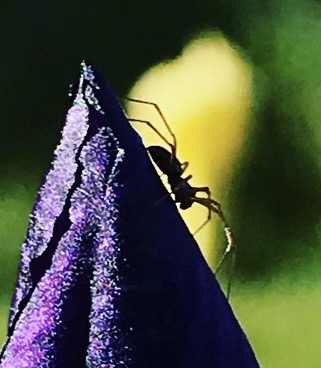

Some fish have little “hairs” on their body that are very similar to the “hairs” humans have in their ears to detect sound. As part of a trial to regrow damaged “hairs” in people with noise-induced hearing loss (soldiers, factory workers, etc), we had to uh, induce some damage so there was a test subject for the drugs. Turns out, tooth brush heads work really well for transmitting high-frequency waves through small volumes of water. Also turns out that I was not cut out for trials requiring living things. It was rough on the psyche.




deleted by creator